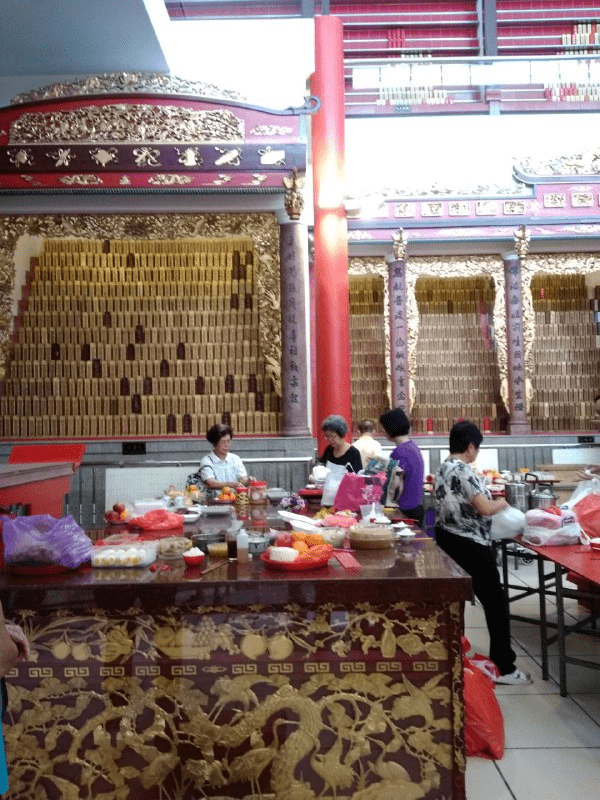In land-scarce Singapore, the living compete with the dead for space. The result is both high-rise living and high-rise dying. In this episode, student-producer Jia Han examines the columbarium, Singapore’s high-rise solution for housing the cremated remains of its dead. He charts the origins of columbaria in Singapore and shares a visit to the columbarium with his family, emphasizing the role of the columbaria in revitalising family ties and reproducing family gatherings that previously took place at home. Finally, he sits down with Mr Bernard Chen, a funeral director, to discuss death and negative perceptions towards it within Singapore. He encourages everyone to have an open, honest discussion about death, as this is the only way for both individuals and the nation to plan appropriately for it.
Sound effects from freesound.org. Music from audioblocks.com.
– – – – – – – – – – – – – – – – – – – – – – References – – – – – – – – – – – – – – – – – – – – – –
– Au-yong, Rachel. 2017. “Singapore’s biggest and only active cemetery will shrink by one-third to make way for Tengah Air Base expansion.” The Straits Times, July 18, 2017. https://www.straitstimes.com/singapore/singapores-biggest-and-only-active-public-cemetery-will-shrink-by-one-third-to-make-way
– Moktar, Faris. 2018. “Time runs out for Mount Vernon funeral parlours in Sept; new complex to be built in 2024.” Channel News Asia, January 9, 2018. https://www.todayonline.com/singapore/funeral-parlours-mount-vernon-move-sept-new-parlour-be-built-2021.
– Tan, Boon Hui, and Brenda S A Yeoh. 2002. “The ‘Remains of the Dead’: Spatial politics of Nation-Building in Post-War Singapore.” Human Ecology Review 9 (1): 1-13.
– Thomson, John Turnbull. 1865. “Native Burial Grounds.” in Sequel to some glimpses into life in the Far East. London: Richardson, 280-284.
– Tong, Chee Kiong. 1988. Trends in Traditional Chinese Religion in Singapore. Singapore: Ministry of Community Development.
– Yeoh, Brenda S A. 1991. “The control of ‘Sacred’ Space: Conflicts over the Chinese Burial Grounds in Colonial Singapore, 1880–1930.” Journal of Southeast Asian Studies 22 (2): 282-311.
Additional links about Columbaria:
– Bernard Chen’s Blog – https://chenjiaxibernard.wordpress.com/
– The Straits Times: More opting for fuss-free burial at sea
– 99 Invisible: Life and Death in Singapore
– Economical Rice Podcast: Website
 Our student-producers Ching May and Jia Han during one of the recording session for this week’s Episode.
Our student-producers Ching May and Jia Han during one of the recording session for this week’s Episode.

Pictures of the ancestral plaques: Each golden one has a name on it. The red ones are reserved, normally for the spouse. In the top right you can see empty shelves on the second floor. These are the communal tables Jia Han referenced in the Episode.

Food offered for the deceased. Clockwise from top left: Assorted meats, Love Letters, Pineapple Tarts, Oranges, Fishball Noodle Soup, Vegetables and Rice”

Columbarium interior. Each level on the right contains aisle after aisle of niches. Each niche has a name carved on it, along with birth and death details and a small photo of the deceased. In some columbaria these niches are personalised with meaningful items from the person’s life.
Additional videos about Columbaria:
– Exhumation at CCK Cemetery (grave trimming sounds, quiet semi-wilderness sounds)
– Memory Makers: The Bukit Brown Caretakers (general soundscape, holy-sounding organs)
– Life After Death – Documentary on Nirvana Columbarium (Basic Chinese music)
Comments